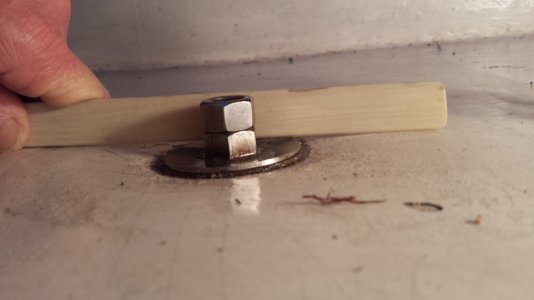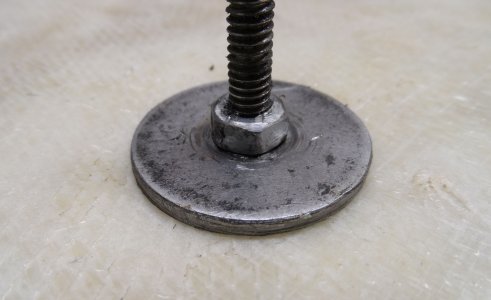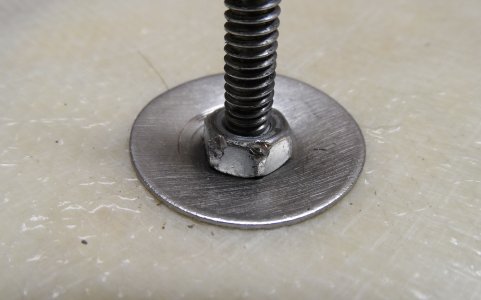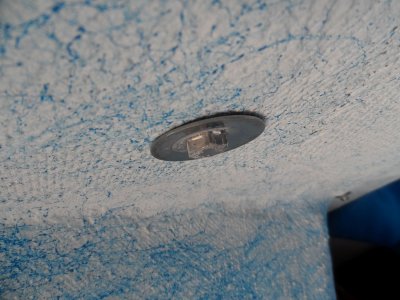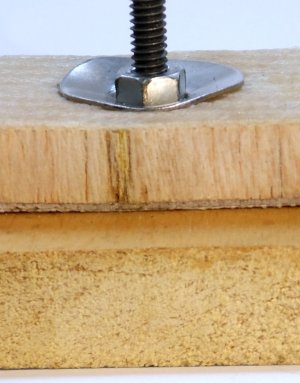NealB
Well-known member
Differing views around the boatyard this afternoon .......
I'm going to mount a 12mm marine ply backing pad under the cockpit coamings, to mount larger sheet winches.
Is it better to fix the ply to the underside of the coaming with a hard epoxy (and, if so, is plastic padding epoxy filler suitable?), or, as some suggest, would a soft setting adhesive, like butyl, be more sensible (in that it would allow for a bit of flexing in the grp)?
I'm going to mount a 12mm marine ply backing pad under the cockpit coamings, to mount larger sheet winches.
Is it better to fix the ply to the underside of the coaming with a hard epoxy (and, if so, is plastic padding epoxy filler suitable?), or, as some suggest, would a soft setting adhesive, like butyl, be more sensible (in that it would allow for a bit of flexing in the grp)?
Last edited:

